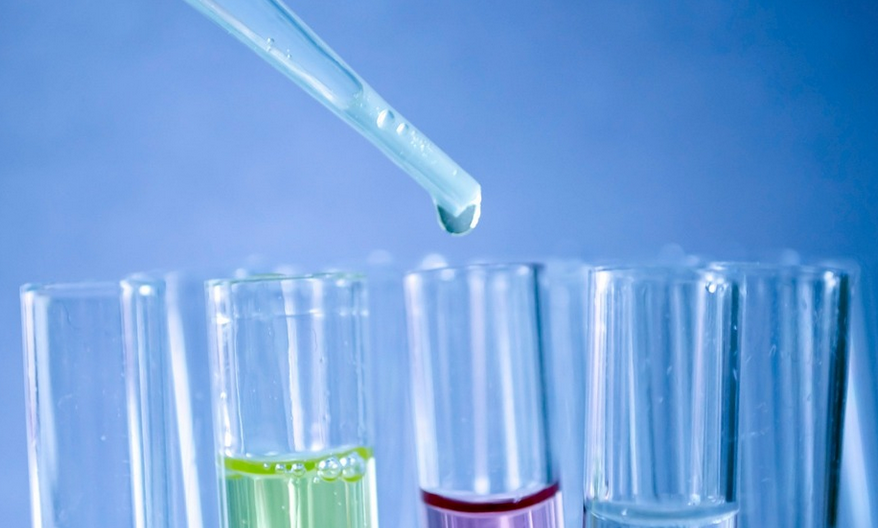Introduction
Chemical reactions are essential in our daily lives. From cooking to cleaning, chemical reactions play a vital role in everything we do. However, not all reactions occur at the desired rate. This is where catalysts come into play. Catalysts are substances that increase the rate of a chemical reaction without being consumed in the process. In this article, we will explore the effect of catalysts on chemical reactions in 2023.
How Catalysts Work
Catalysts work by lowering the activation energy required for a reaction to occur. Activation energy is the minimum amount of energy required for a reaction to take place. By lowering this energy barrier, catalysts increase the rate of the reaction. Catalysts work by providing an alternative pathway for the reaction to occur, which requires less energy.
Types of Catalysts
Heterogeneous Catalysts
Heterogeneous catalysts are catalysts that are in a different phase than the reactants. For example, a solid catalyst can be used to catalyze a gas-phase reaction. Heterogeneous catalysts are commonly used in industrial processes and are often supported on a surface to increase their surface area.
Homogeneous Catalysts
Homogeneous catalysts are catalysts that are in the same phase as the reactants. These catalysts are often used in organic chemistry reactions. Homogeneous catalysts can be more efficient than heterogeneous catalysts because they are more uniformly distributed throughout the reaction mixture.
Examples of Catalysts
Some common catalysts include enzymes, metal catalysts, and acid catalysts. Enzymes are biological catalysts that are used to catalyze reactions in living organisms. Metal catalysts are commonly used in industrial processes, such as the production of fertilizers. Acid catalysts are used in organic chemistry reactions, such as the production of esters.
Advantages of Catalysts
There are several advantages to using catalysts in chemical reactions. Catalysts can increase the rate of the reaction, which can save time and energy. Catalysts can also reduce the amount of waste produced in a reaction, which can be beneficial for the environment. Additionally, catalysts can increase the selectivity of a reaction, which can lead to a higher yield of the desired product.
Disadvantages of Catalysts
While catalysts have many advantages, there are also some disadvantages to using them. Catalysts can be expensive, especially if they are rare metals or enzymes. Catalysts can also be sensitive to temperature and pH, which can limit their use in certain reactions. Additionally, catalysts can sometimes cause unwanted side reactions or produce unwanted byproducts.
Conclusion
Catalysts play a crucial role in chemical reactions in 2023. They can increase the rate of a reaction, reduce waste, and increase the selectivity of a reaction. However, they can also be expensive and sensitive to temperature and pH. By understanding the effect of catalysts on chemical reactions, we can better utilize them in our daily lives and in industrial processes.

